The Four Essential Drawing Skills Every Artist Should Embrace
Four core drawing skills to improve your art—and your painting. A Florida parrot once landed on my shoulder; here’s the advice I kept.

Hey, before we nerd out on the four drawing skills that improved my art the most, and I'm sure they will do the same for you, I want to tell you about the parrot that landed on my shoulder while I was on a payphone in Tampa.
Picture this: I'm at a 7-11, getting ready to use the payphone (yeah, I'm that old - mobile phones didn't exist yet), trying to get in touch with my boss for my next job. As I'm getting the details, this parrot just swoops down and lands right on my shoulder like we're old friends. Scared the crap out of me!
But here's the kicker - this bird stayed with me the entire day. Rode in my truck, waited patiently while I cleaned carpets, windows down, and never moved from my shoulder when I got home. It was the craziest thing ever. If you're curious what eventually happened to the parrot I ended up giving him to my friend who already had a bird. And of course they lived happily ever after.
Anyhow, why am I telling you this story in a post about drawing skills? Because sometimes a little birdie will land on your shoulder and make your day! I hope the drawing skills I share with you will do the same.
Learn the 4 Essential Drawing Skills That Are Crucial for Acrylic Painters
These skills will help you develop your artistic abilities and create better artworks, whether you're capturing a surprise parrot encounter or painting your next masterpiece.
Want more lessons? Visit the Free Drawing Tutorials →
The Four Drawing Skills You Should Master
1. Basic Forms and Shapes
Mastering the ability to draw from observation using simple forms like cubes, cylinders, and spheres helps artists break down complex subjects into manageable components. Think of that parrot - at its core, it's just a combination of basic shapes: an oval body, cylindrical neck, triangular beak.
This skill improves accuracy and lays the foundation for capturing proportions, perspectives, and spatial relationships. When life throws you an unexpected subject, you'll be ready to see it clearly and draw it confidently.
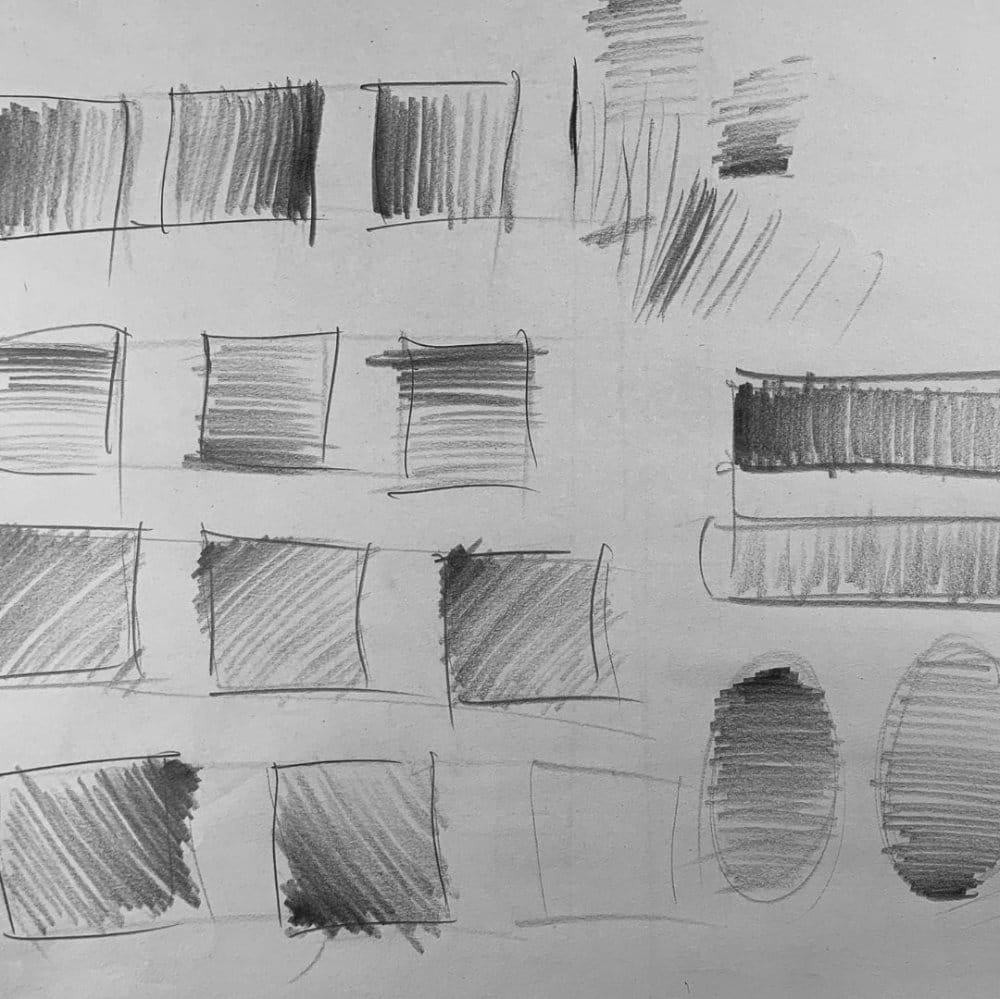
2. Gestural Exercises
Gestural drawing techniques focus on capturing the essence and energy of a subject rather than intricate details. This is where that parrot story really comes alive - gestural drawing would have been perfect for capturing the spontaneous energy of that moment.
By using fluid and expressive strokes, artists can convey movement, mood, and personality. This approach encourages creativity and allows artists to infuse their personal style into their work. Sometimes the gesture tells the story better than perfect details ever could.
Here's a fun drawing exercise you can try to mix things up!
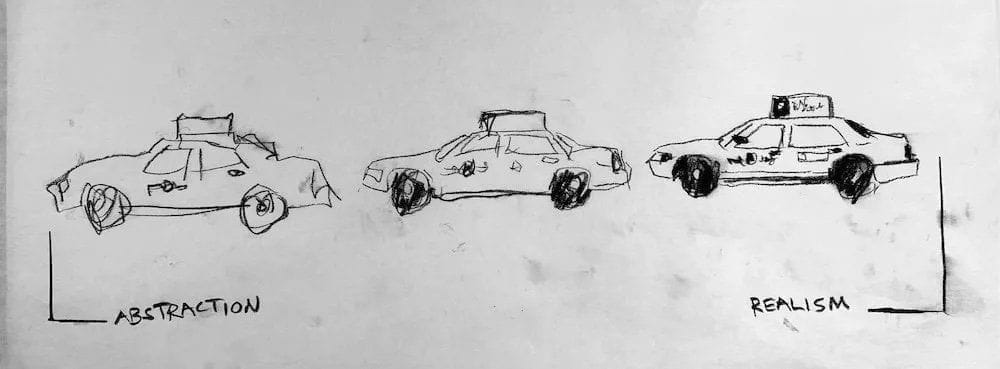
3. Design for Success
Understanding design principles like composition, balance, and rhythm is essential for creating visually appealing artworks. Even in that spontaneous parrot moment, there was composition - the diagonal line of the phone cord, the vertical of my body, the contrast between the tropical bird and the urban setting.
Effective design enhances the visual impact of a piece by guiding the viewer's eye and creating a harmonious arrangement of elements. Artists need to consider how different shapes, sizes, and placements interact to communicate their intended message.
Check out these design & composition tutorials if you need to level up!
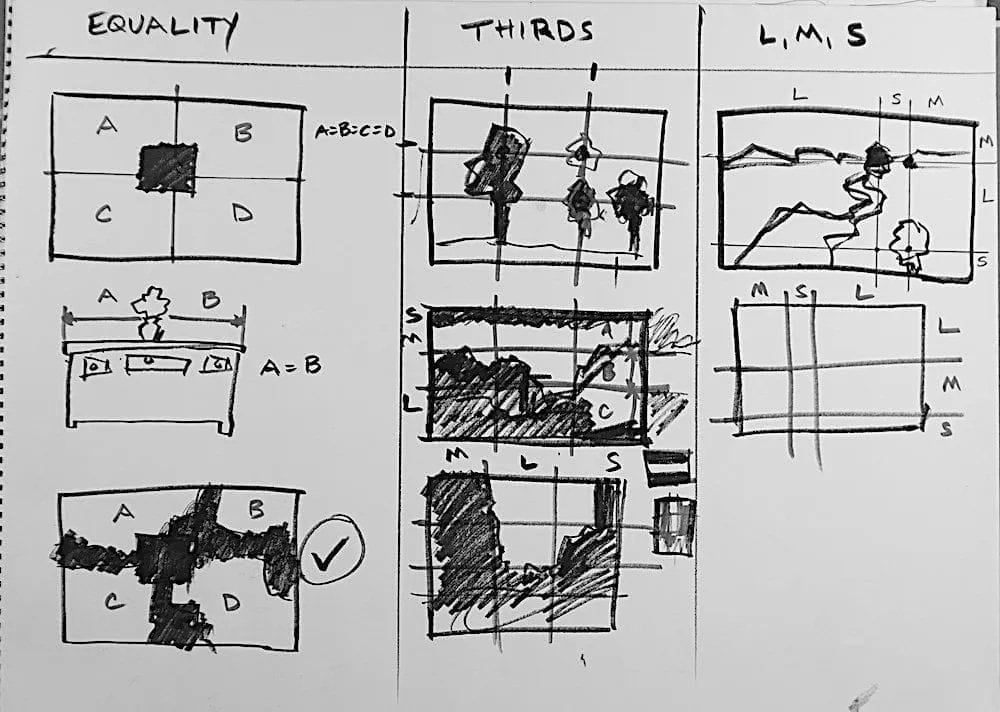
4. Value Hierarchy
Shading and creating a strong value hierarchy bring a sense of depth and dimension to artworks. Picture the dramatic shadows cast by that 7-11 overhang, the bright Florida sun hitting the parrot's feathers, the contrast between light and shadow that would have made that scene so visually compelling.
Artists use light and shadow to model forms, create contrasts, and establish focal points. A well-executed value arrangement adds realism and visual interest to paintings, making subjects stand out from their background - just like that colorful parrot stood out against the mundane backdrop of a gas station.
This tutorial is great for learning the power of values to create three-dimensional shapes.
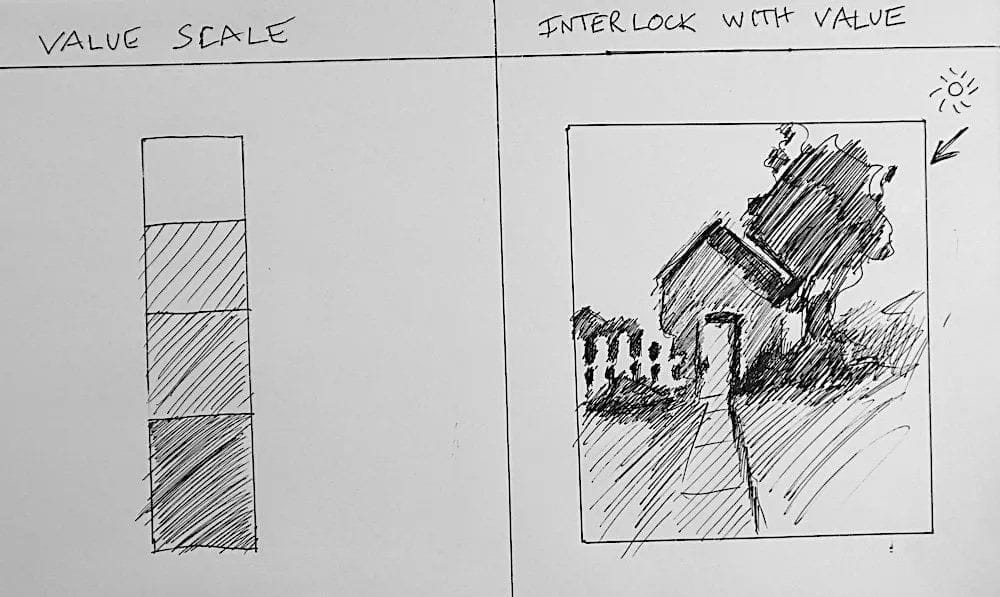
Bringing It All Together
These four drawing skills work together like a well-rehearsed crew. From using basic forms to break down complex subjects to incorporating gestural techniques for expressive artworks, these skills collectively contribute to an artist's versatility and ability to communicate effectively through their art.
While accuracy in drawing is important, transitioning to more gestural and expressive approaches once foundational skills are mastered allows artists to develop a personal style and inject emotion and individuality into their work.
The beauty is in being prepared for those unexpected moments - whether it's a parrot landing on your shoulder or the way morning light hits your coffee cup. Master these four skills, and you'll be ready to capture whatever life throws your way.
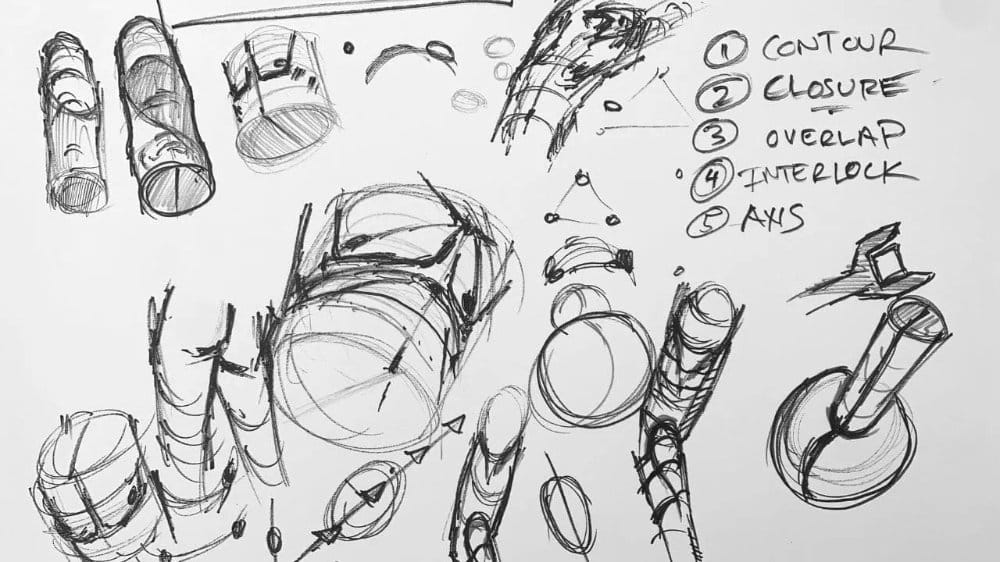
In Conclusion
These four drawing skills are essential for acrylic artists to enhance their artistic abilities and create captivating artworks. By honing proficiency in basic forms, gestural techniques, design principles, and value hierarchy, artists develop a strong foundation for creative endeavors and open up avenues for self-expression and artistic exploration.
And who knows? Maybe your next great drawing will come from an equally unexpected moment. Keep your eyes open, your skills sharp, and your sketchbook ready. You never know when a parrot might land on your shoulder.
That's a story worth tweeting!
It’s clear the four drawing skills you’ve highlighted are crucial for acrylic painters to develop their artistic abilities and create visually compelling works. Let’s delve a bit deeper into each of these skills.
Want more lessons? Visit the Free Drawing Tutorials →
Follow me out on Pinterest for daily inspiration.




